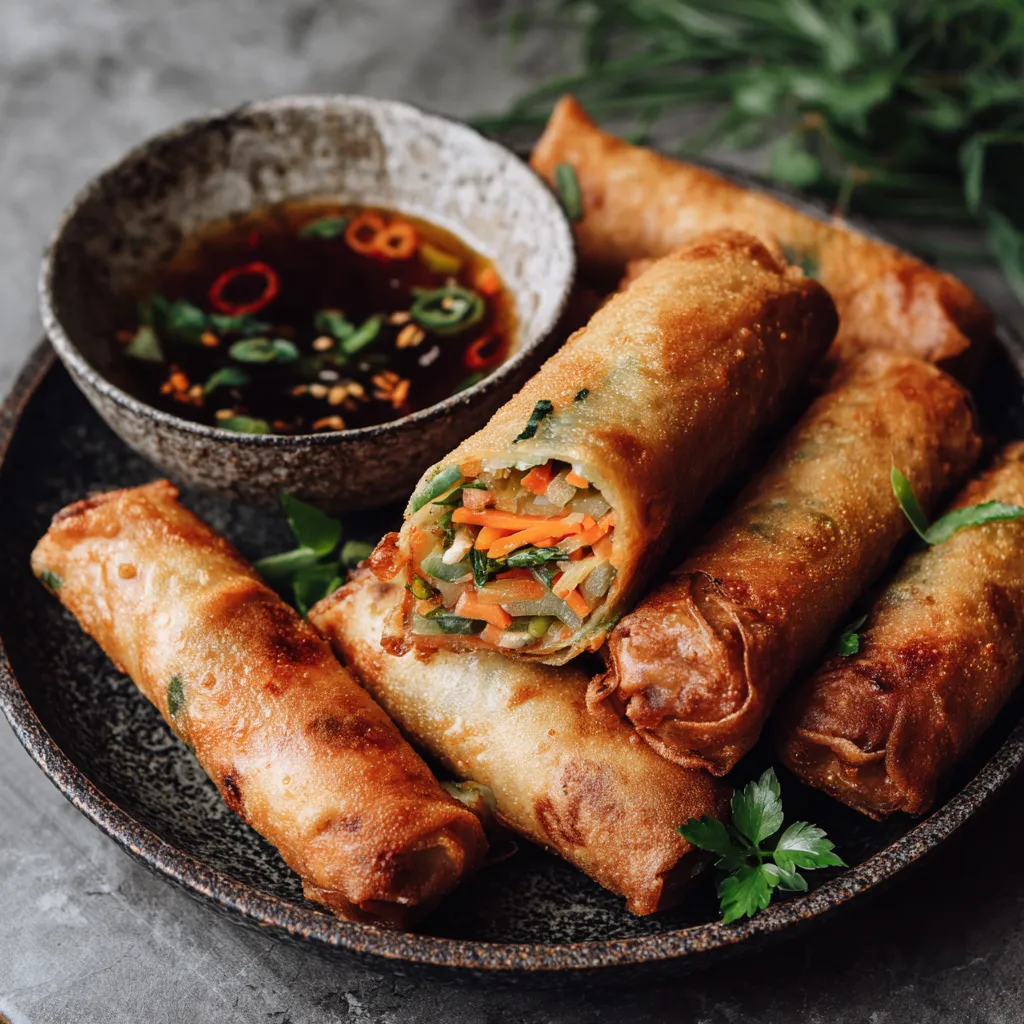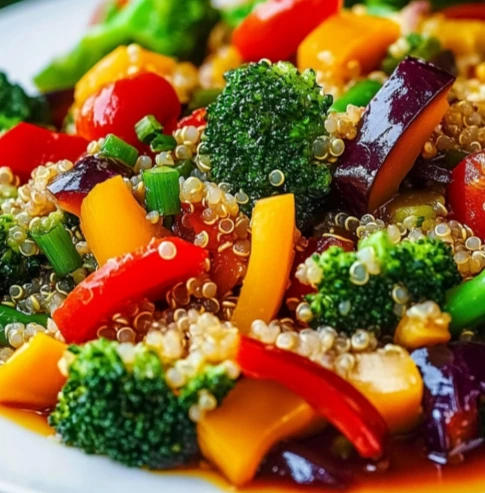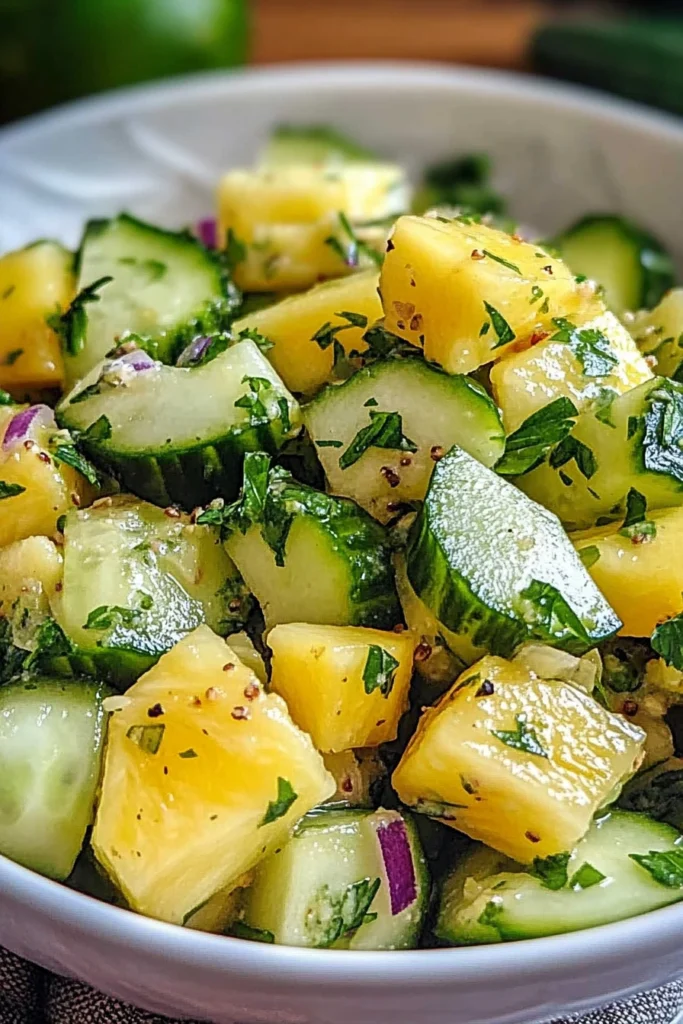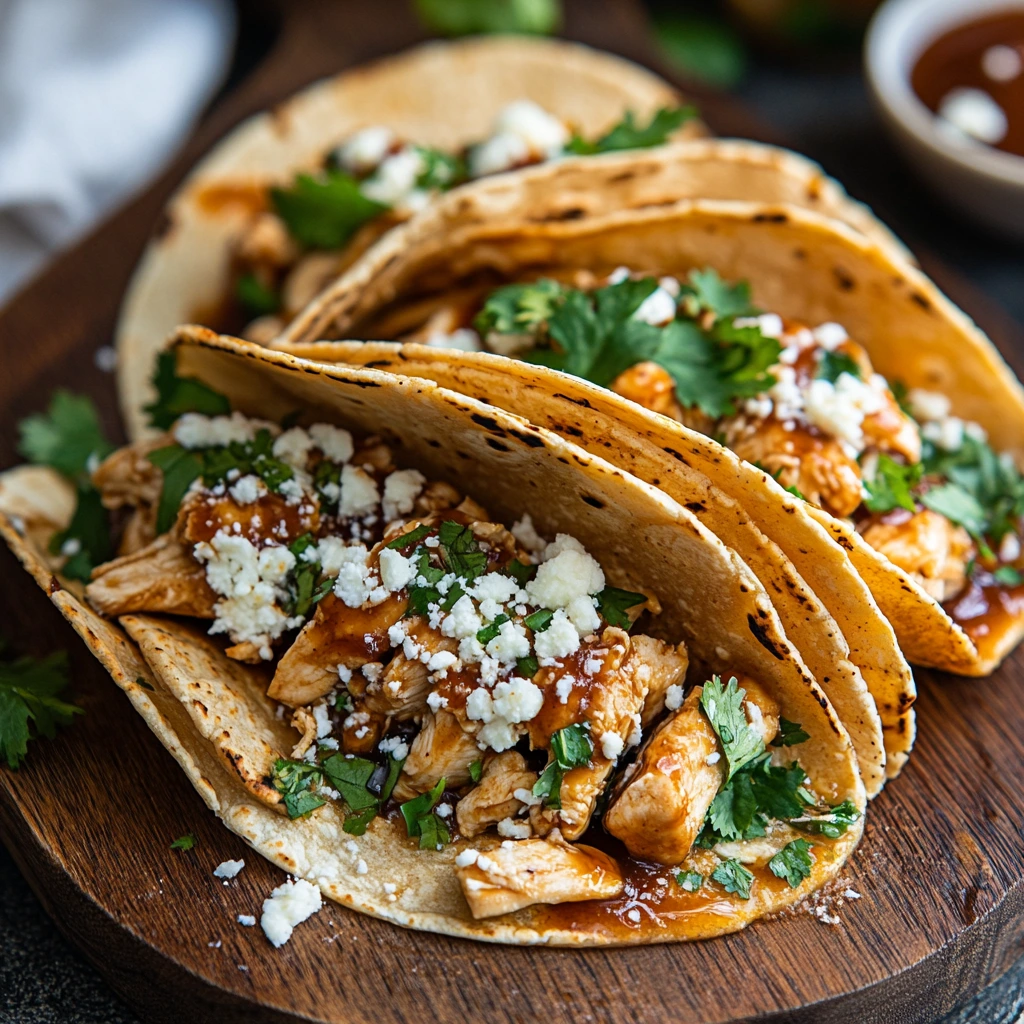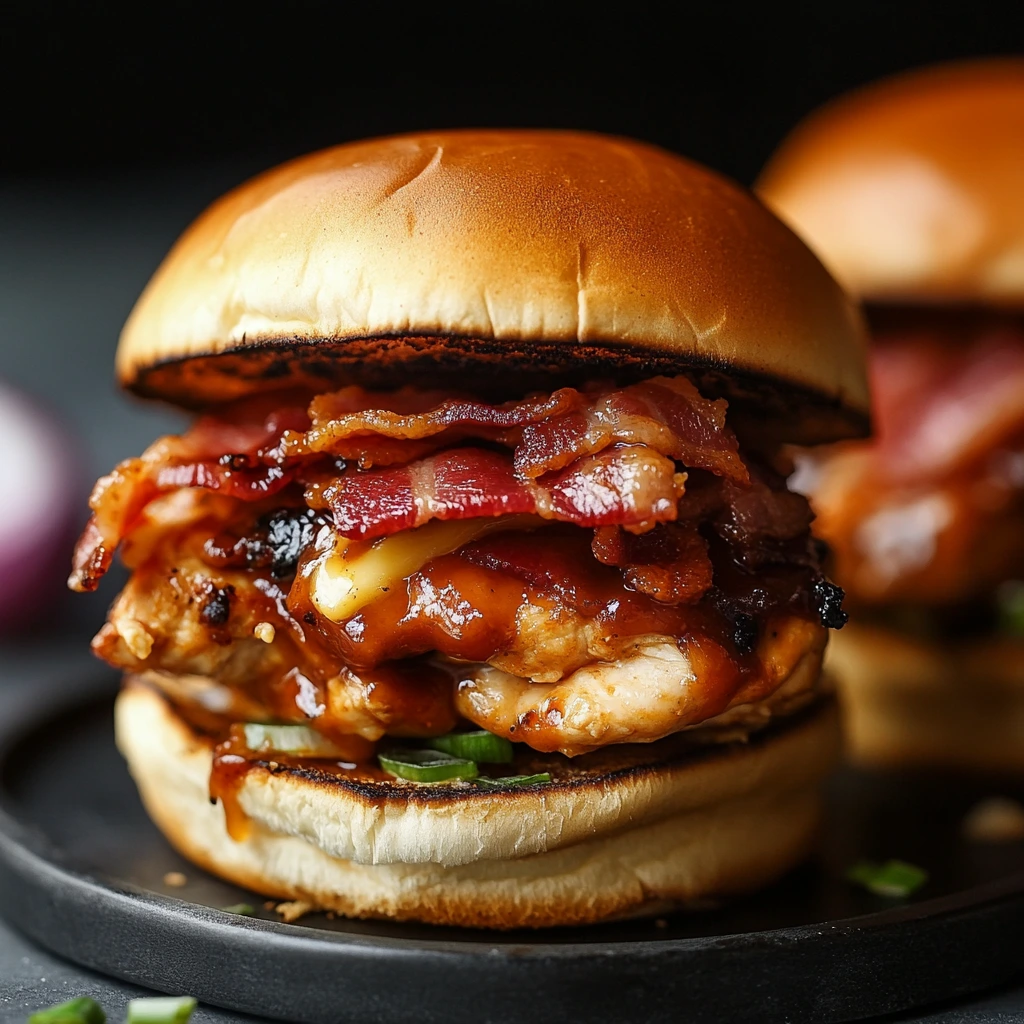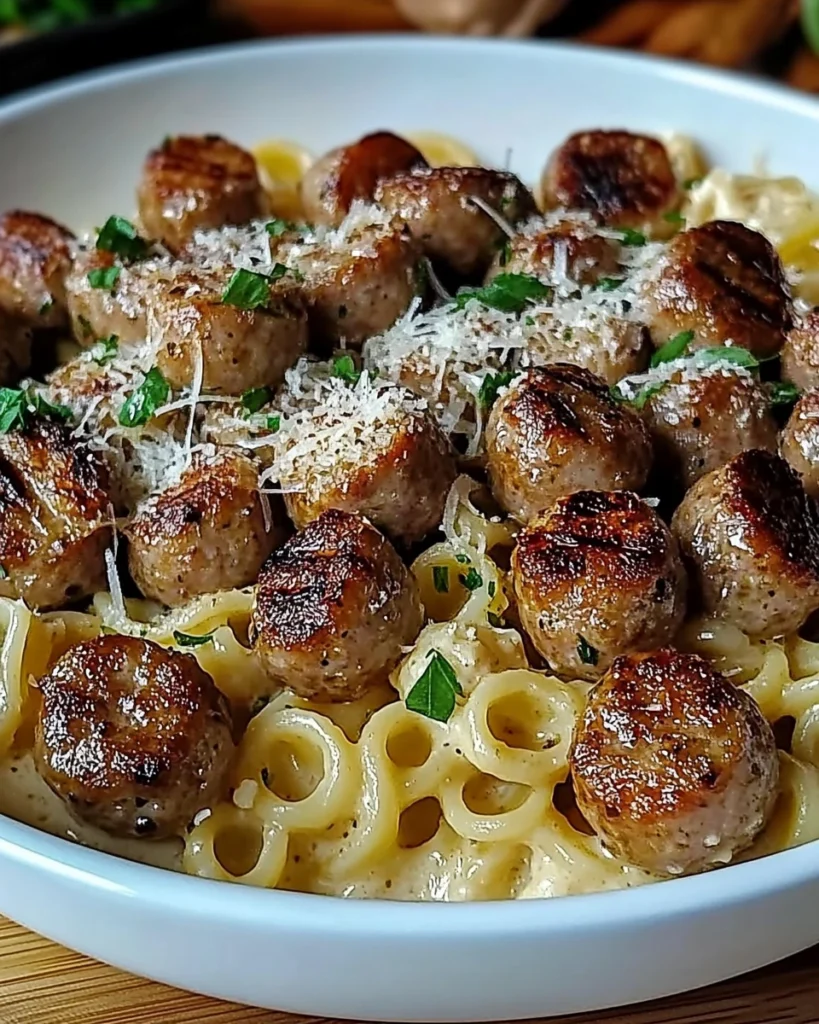When it comes to appetizers that are both light and satisfying, Vegetable Spring Rolls stand out as a timeless favorite. Crispy on the outside, colorful on the inside, and paired with delicious dipping sauces, these rolls are a feast for the eyes and the taste buds. They’re versatile enough for any occasion—whether it’s a family dinner, a potluck, or a festive holiday spread.
While most people associate spring rolls with Asian cuisine, they’ve become a global favorite for good reason: they’re easy to make, customizable with seasonal vegetables, and healthier than most fried appetizers. In this guide, we’ll dive into everything you need to know about making the perfect Vegetable Spring Rolls at home, from ingredients and tools to step-by-step instructions, serving tips, and nutritional values.
And since many holiday cooks also love traditional comfort food, we’ll also sprinkle in SEO-friendly references to popular classics like Green Bean Casserole, so your recipe can rank for multiple relevant keywords.
Ingredients for Vegetable Spring Rolls
The beauty of Vegetable Spring Rolls lies in their adaptability. You can swap or mix vegetables based on availability, season, or preference. Here’s a core list to get started:
-
20 spring roll wrappers (rice paper or wheat-based, depending on preference)
-
2 cups shredded cabbage (green or napa)
-
1 cup grated carrots
-
1 cup bean sprouts
-
1 cup thinly sliced bell peppers (red, yellow, or green)
-
1 cup mushrooms (shiitake or button, finely chopped)
-
1 small onion (thinly sliced)
-
3 cloves garlic (minced)
-
1 tablespoon ginger (freshly grated)
-
2 tablespoons soy sauce (or tamari for gluten-free)
-
1 tablespoon sesame oil
-
1 tablespoon vegetable oil (for stir-frying the filling)
-
Vegetable oil for frying (if making crispy fried spring rolls)
-
Fresh herbs: cilantro, mint, or Thai basil (optional for freshness)
For dipping sauces:
-
Sweet chili sauce
-
Soy sauce with rice vinegar
-
Peanut dipping sauce
Kitchen Tools Needed
-
Large skillet or wok
-
Cutting board and knife
-
Mixing bowls
-
Clean damp towel (for rolling wrappers)
-
Baking sheet (for arranging rolls before frying or baking)
-
Deep frying pan or air fryer (if frying)
-
Tongs or slotted spoon
Step-by-Step Preparation Instructions
Step 1: Prepare the Vegetables
Wash and slice all vegetables thinly. This ensures even cooking and a better texture inside the rolls.
Step 2: Stir-Fry the Filling
Heat a tablespoon of vegetable oil in a skillet. Add garlic, ginger, and onion, then sauté until fragrant. Add cabbage, carrots, bell peppers, mushrooms, and bean sprouts. Stir-fry for 3–4 minutes, until just tender but still crisp. Add soy sauce and sesame oil, stir, and remove from heat. Allow mixture to cool.
Step 3: Set Up Your Rolling Station
Place spring roll wrappers on a flat surface. If using rice paper wrappers, soak one in warm water for 10–15 seconds until soft, then lay it on a damp towel.
Step 4: Fill and Roll
Spoon 2 tablespoons of vegetable filling onto the wrapper. Fold the sides inward, then roll tightly from the bottom, sealing the edge with a dab of water. Repeat with remaining wrappers.
Step 5: Cooking Options
-
Fried Spring Rolls: Heat oil in a frying pan (350°F/175°C). Fry rolls in batches until golden and crispy, about 3–4 minutes. Drain on paper towels.
-
Baked Spring Rolls: Preheat oven to 400°F (200°C). Brush rolls lightly with oil, arrange on a baking sheet, and bake for 20 minutes, flipping halfway.
-
Fresh (Non-Fried) Spring Rolls: If using rice paper, serve them fresh and chilled with dipping sauces.
Step 6: Serve and Enjoy
Arrange rolls on a platter with dipping sauces. Garnish with fresh herbs or sesame seeds for extra flavor and presentation.
Helpful Tips for the Perfect Vegetable Spring Rolls
-
Keep Wrappers Moist – Spring roll wrappers dry out quickly. Cover unused ones with a damp towel.
-
Don’t Overstuff – Too much filling will tear the wrapper and make rolling difficult.
-
Seal Properly – Use water or a flour-water paste to keep rolls from opening while frying.
-
Make Ahead – You can prepare the filling in advance and assemble rolls just before serving.
-
Healthier Version – Bake instead of frying, or serve fresh with a light peanut sauce.
Nutritional Value (per fried roll, approx.)
-
Calories: 110
-
Fat: 6 g
-
Carbs: 12 g
-
Protein: 2 g
-
Fiber: 2 g
-
Vitamin C: 20% DV
For baked or fresh versions, calories and fat content are significantly reduced.
Why Vegetable Spring Rolls Are a Must-Try
-
Versatile: Use seasonal vegetables or leftovers.
-
Healthy: Can be light and low-calorie when baked or served fresh.
-
Festive: Perfect for parties, potlucks, and holiday gatherings.
-
Pairs Well: With Asian-inspired dishes or classics like Green Bean Casserole, spring rolls make a balanced spread.
Pairing Ideas
-
With Green Bean Casserole: Both are crowd-pleasers at holiday dinners. While spring rolls add crunch and freshness, green bean casserole brings creamy comfort.
-
With Soups: Pair with miso soup, wonton soup, or even chicken noodle soup.
-
With Rice Dishes: Goes perfectly with fried rice or jasmine rice for a complete meal.
Conclusion
Vegetable Spring Rolls are more than just a side dish—they’re a versatile appetizer that works for every occasion. Crispy, colorful, and customizable, they bring joy to the table and can be served fresh, baked, or fried. Pair them with dipping sauces or even alongside comfort-food classics like Green Bean Casserole to create a well-rounded feast.
If you’ve never tried making spring rolls at home, now is the perfect time. Gather your favorite vegetables, roll them up, and enjoy a deliciously fresh appetizer that will impress family and guests alike.

